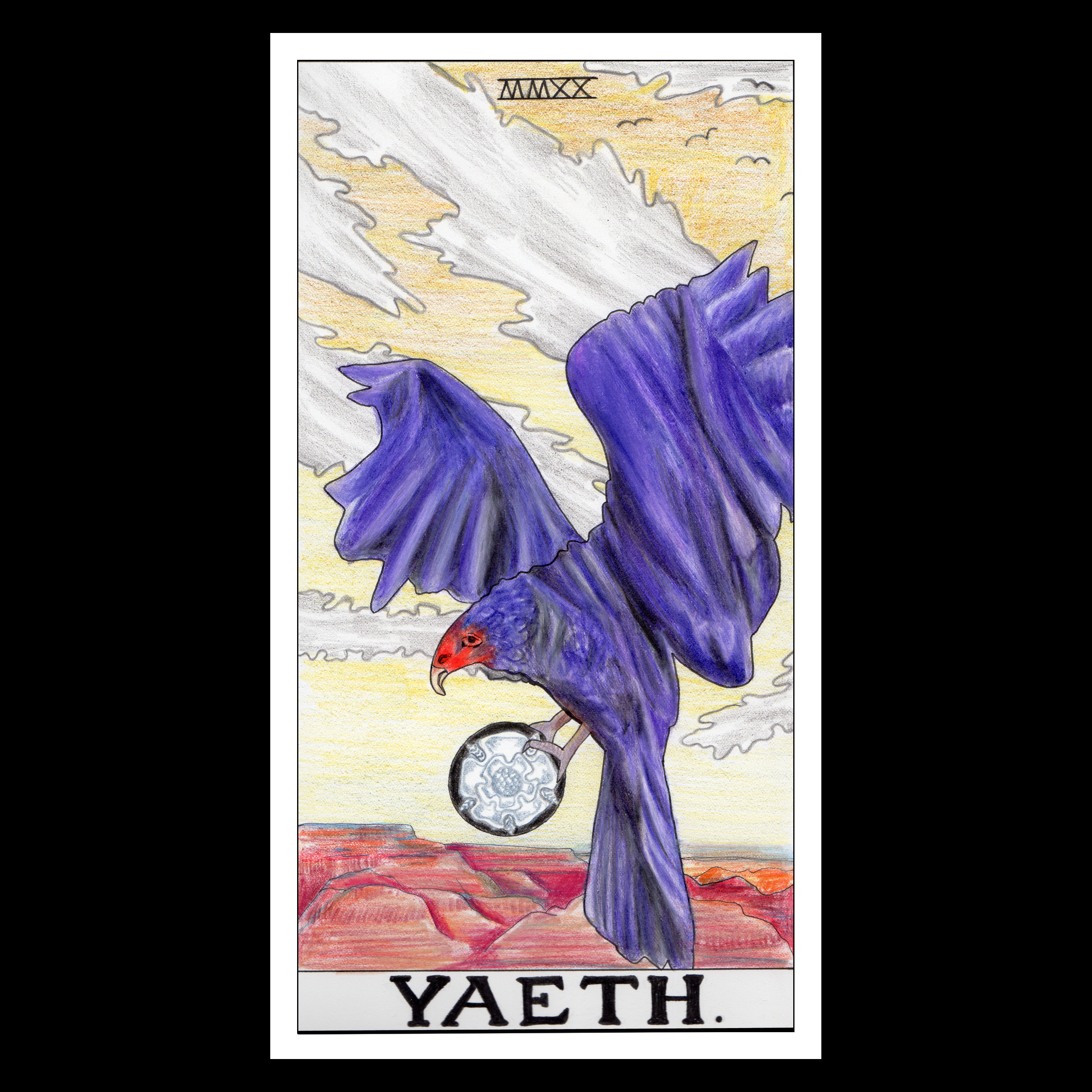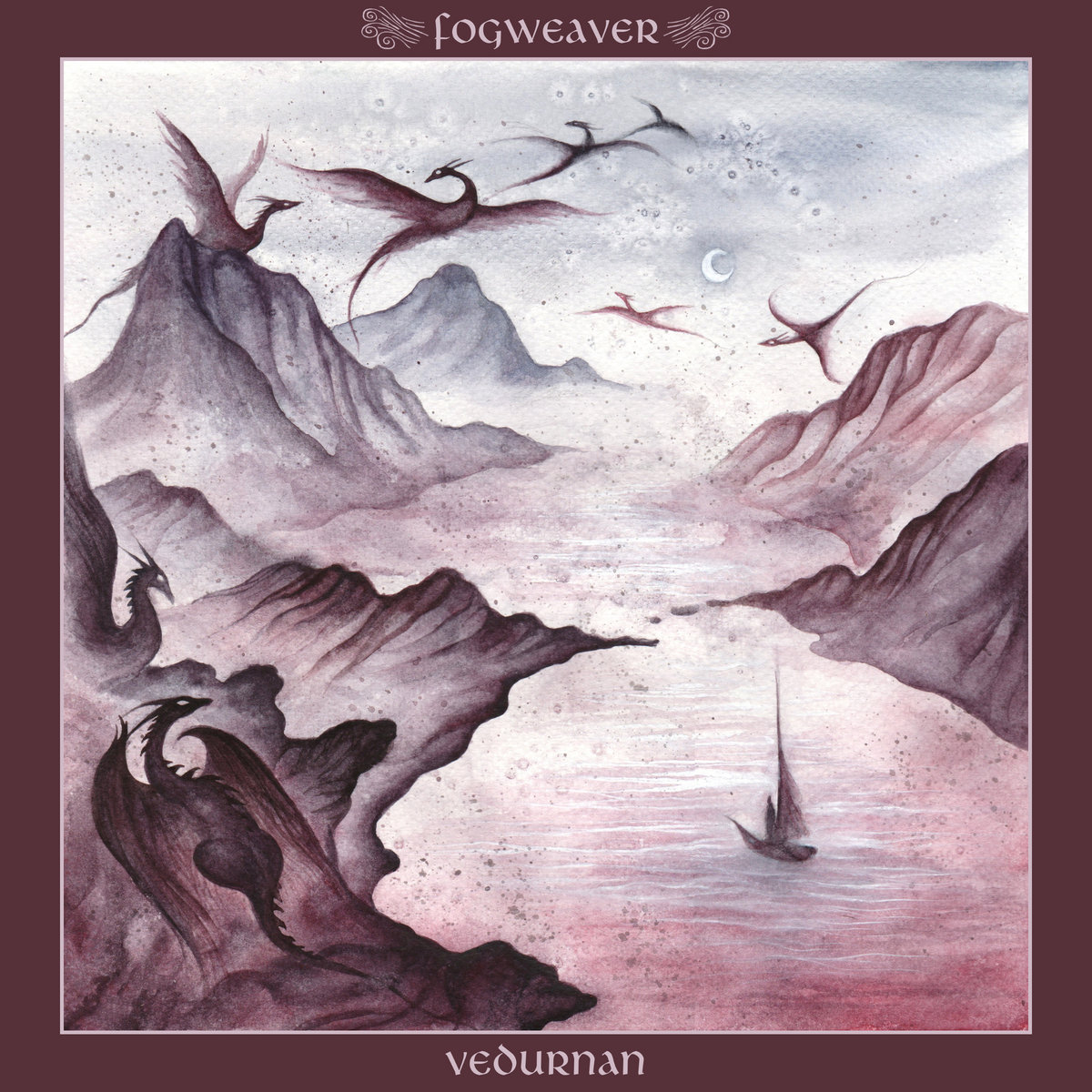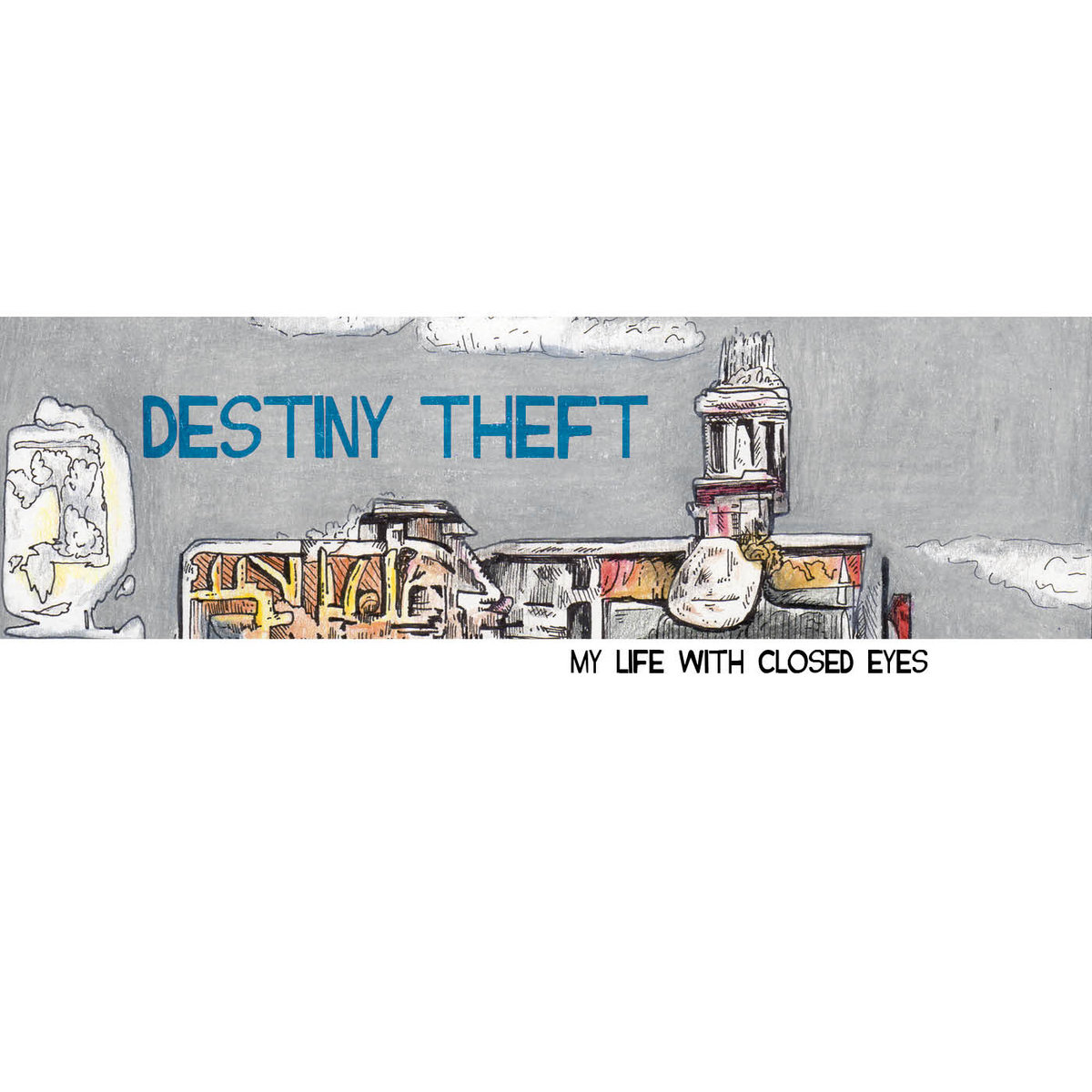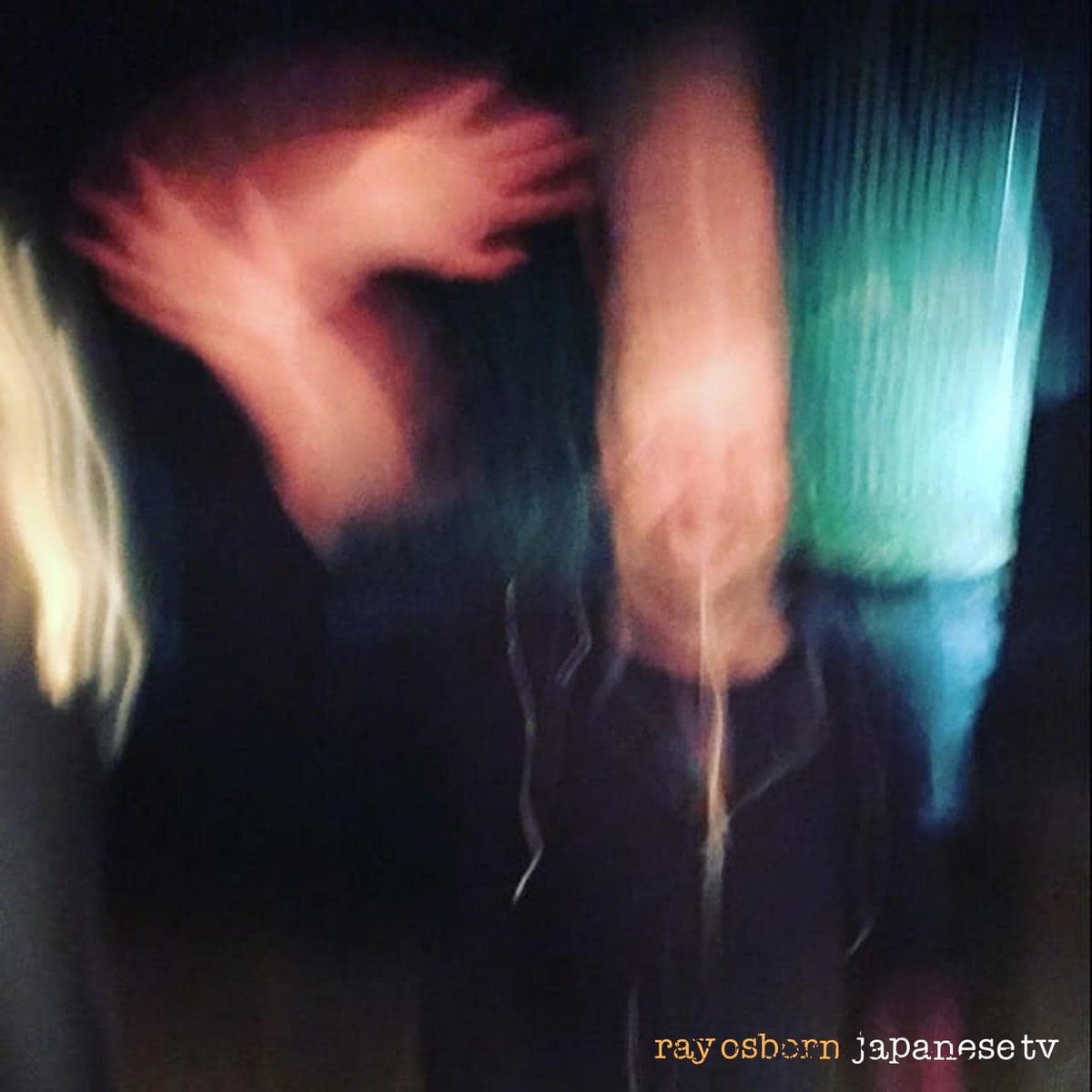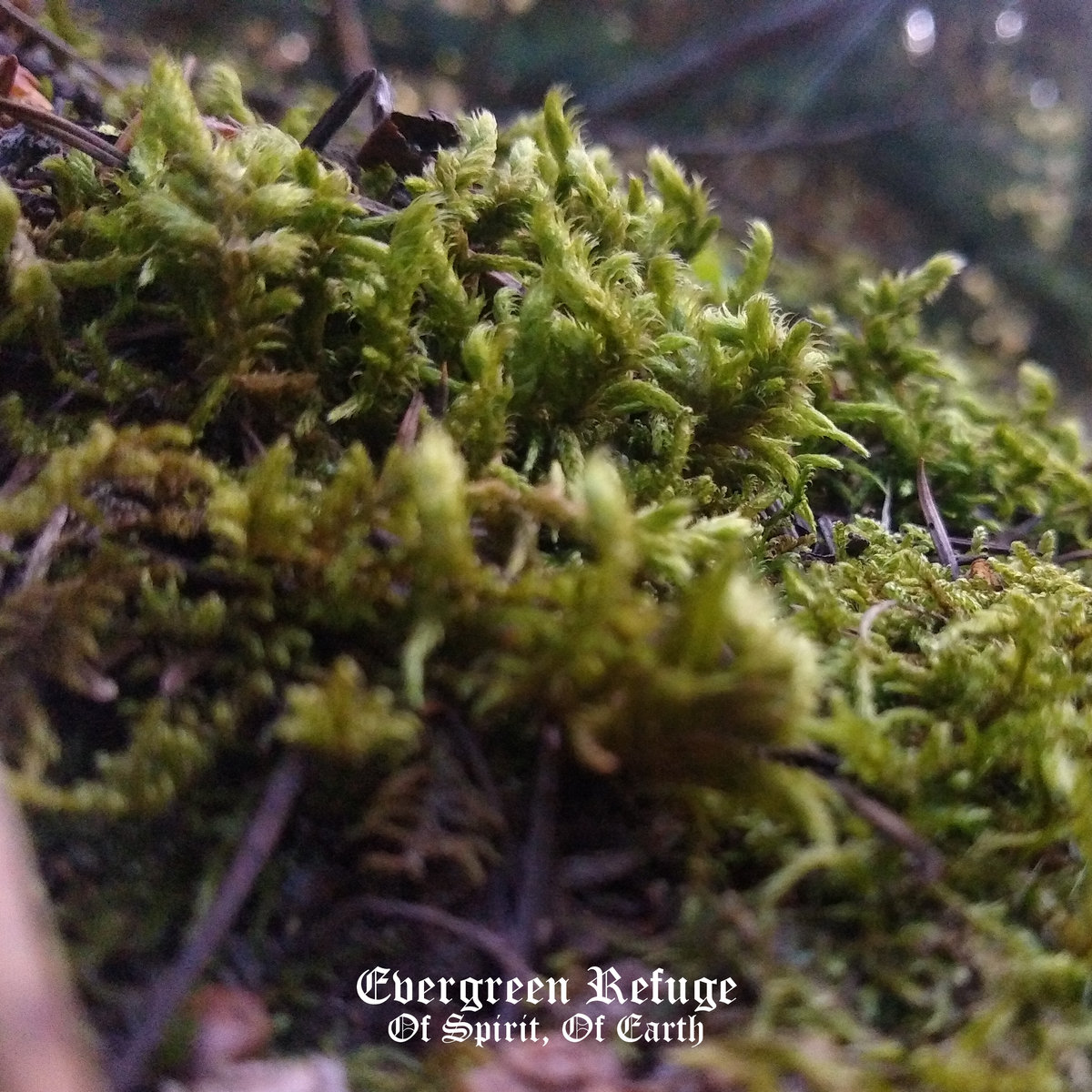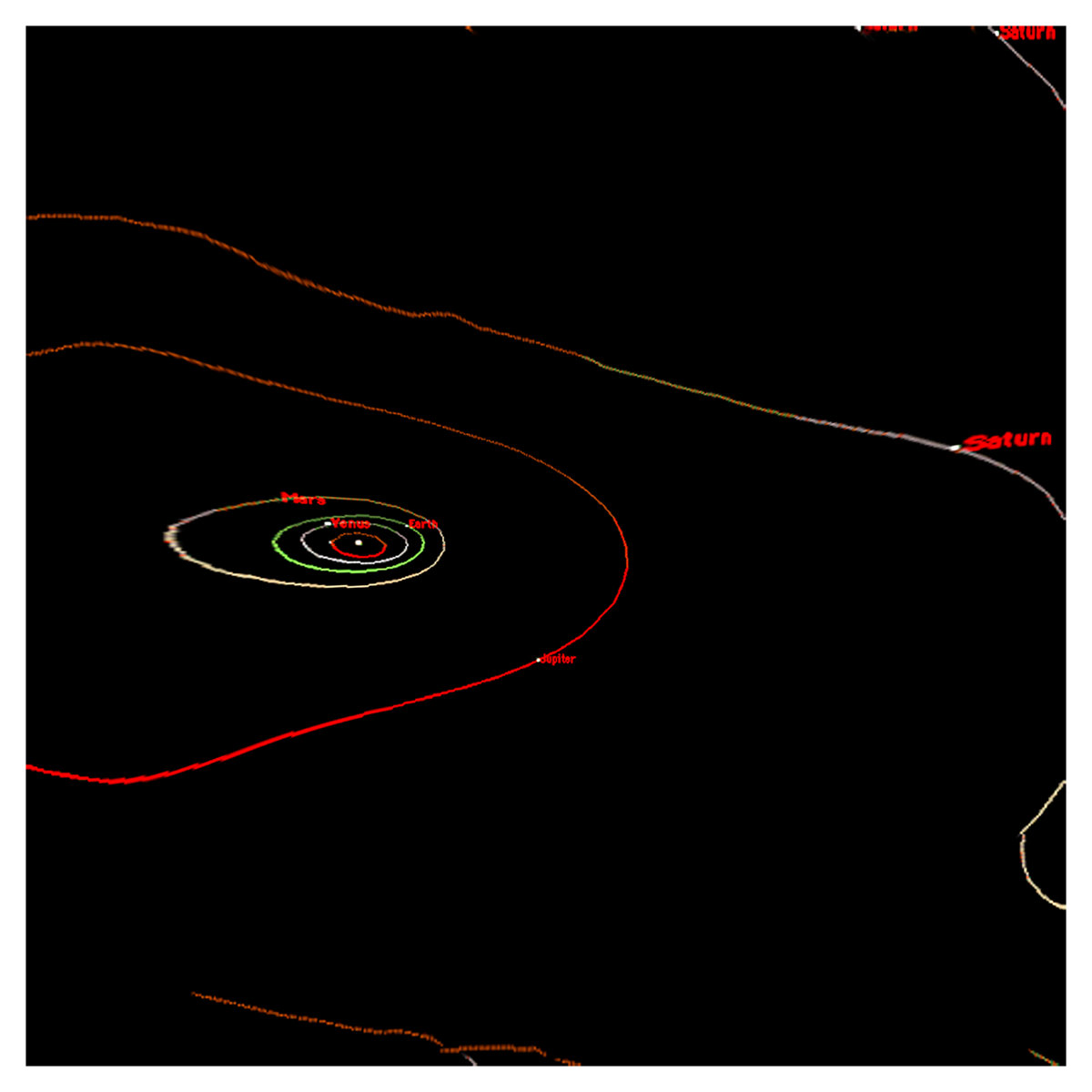Recordings
Yaeth – MMXX
This album is a look back at the hellish year behind us with its attempted authoritarian takeover of the US government, mass death brought about by a bungled federal government response to a deadly global pandemic, crushing misery and isolation brought about by that same pandemic, severe civil unrest due to deep-seated racial inequities, and massive natural disasters fueled by the poor environmental choices collectively made by humanity. It is a prayer for a better world ahead.
Like my album [xendeavor one] from February 2020, this album explores ways of dividing the octave other than the standard 12 equally spaced notes, which is the system that the vast majority of music in the world utilizes. These alternate systems can result in strange and otherworldly tonalities. I had been wanting to make a microtonal black metal album for a few years, and I began this album in early March. As we all know, this is right when the year’s events really kicked off, and so the creation of this album is intimately tied to and influenced by these world events.
Yaeth is the pseudonym I use in my band Bull of Apis Bull of Bronze. This album turned out stylistically and thematically similar in many ways to that project. Once I finished work composing the album I realized that, due to those ties, Yaeth was the only fitting name for this project.
Cover art by Laura Lervold.
Available on cassette via Bandcamp – BNR2020.
Fogweaver – Vedurnan
8 tracks (44 minutes) of dungeon synth. Mastered at Big Name.
Destiny Theft – My Life With Closed Eyes
Destiny Theft – My Life With Closed Eyes
My Life With Closed Eyes is an EP long in the making. As many people who have followed my releases over the years know, I like to invent a set of musical rules and then see what compositions come about when following those rules. For years my good friend Mike Thompson and I had joked about starting a project called “Basses Loaded,” which would feature every member of the band except the drummer playing bass.
In January 2018 I decided to play around with that formula. These songs were the result. Once I had the bass parts all written, I was struck by how video-game-music inspired it sounded, and decided that it made sense to use my v-drum kit for the kick, snare, and toms, to further lean into that sound. (The cymbals are real.)
Originally, I planned to sing on this release, but only bits and pieces of lyrics and melodies were coming to me. I had a mental block. I knew exactly why: every time I listened to the instrumental recordings, I imagined the voice of my old bandmate Buddy Hale. Buddy was the singer for my first reasonably-successful band, Phantom Float, way back in 2008. I have always been a fan of his work, and I felt like this EP would only be what it was supposed to be if I could get him to sing on it.
I was elated when he agreed to participate! I sent him the instrumentals and waited for a while. He would send me bits and pieces… an isolated vocal harmony here, the sound of scissors clipping there. I had no idea what to expect. Then one day, unexpectedly, a bounce with completed vocals appeared in my inbox. And I loved how it had all come together.
Then we spent a long time working on the mix, art, and release details. And here we are today. I could not be more excited to finally share this with the world.
Cover art by Laura Lervold.
Ray Osborn – Japanese TV
1 track (4 minutes) of bedroom pop. Mastered at Big Name.
Liminal Veil
My 2014 release Bird Surgeon – Vanishings is a math rock album that was heavily influenced by screamo. Ever since putting that out, I’ve wanted to do the inverse and write some music that is primarily skramz but heavily influenced by math rock. This is that.
This EP was inspired by the corruption and ineptitude of the Trump administration, the smoke-filled-room political dealings that took down the Sanders campaigns in the 2016 and 2020 primaries, and the bungled pandemic response which has resulted in millions losing work while the billionaires continue to rake in unconscionable profits. Our representation in this country is bought by the mega wealthy and the big corporations to protect profits for shareholders above all else. This is an indictment – not only against the cartoonish evil of the Republican party leadership but also against the complicity of the Democrats in maintaining this system. It is a call to fight, to do what you can with what you have in order to make change to this broken system.
Available on cassette via Bandcamp – BNR2001
Evergreen Refuge – Of Spirit, Of Earth
Evergreen Refuge – Of Spirit, Of Earth
It was my pleasure to be asked to play drums for this track from Evergreen Refuge. Drums recorded at Big Name. Everything else recorded, mixed, and mastered by Evergreen Refuge.
Planetary Scale
jonlervold.bandcamp.com/track/planetary-scale
This musical sketch utilizes Dave Tremblay’s The Planetary Scale, which takes the planets’ relative distances from the sun and converts them into (you guessed it) a scale.
0.00 ¢: Sun
11.77 ¢: Mercury
21.98 ¢: Venus
30.40 ¢: Earth
46.31 ¢: Mars
158.18 ¢: Jupiter
291.36 ¢: Saturn
583.34 ¢: Uranus
913.31 ¢: Neptune
1200.00 ¢: Pluto
Delmak-O – Cerulean Tomb
7 tracks (48 minutes) of sci-fi / dark synth. Mastered at Big Name.
[syzygy] – [xendeavor one]
Once again, I present a [syzygy] album. Once again, it has an entirely different sound than anything that has come from the project before.
What ties [syzygy]’s albums together is an approach of minimalistic experimentation and a musical atmosphere of unease. In the case of [visitor], the experiment was to see what I could do with just my untuned piano and a fretless bass. In the case of [ouroboros], it was to see what could be done with only a mixing board plugged into itself. With [xendeavor one], the experiment was to delve headfirst into the world of microtonal* electronic music.
The vast majority of Western music uses the 12 equal divisions of the octave tuning system (12edo). These songs use 7 other possible EDOs (10, 11, 15, 19, 31, 37, and 85), an overtone scale, and an undertone scale.
The term “microtonal” tends to conjure expectations of extremely dissonant, noisy, and/or unstructured music for some people because a lot of music labeled “microtonal” fits those descriptions. But it doesn’t have to! There is plenty of melody and harmony available to utilize within these systems. And you get the bonus of unique intervals and chords that are impossible in 12edo.
Since I discovered microtonality a few years ago I have really wanted to make this album. I tried to start a couple of times and was never happy with my results but this time it all clicked. I am very excited to share this with the world.
* If after reading this you have no idea what I’m talking about here, see the “Microtonality” section of my Loiterer – Adrift writeup for some further explanation. Or check out the Wikipedia article.
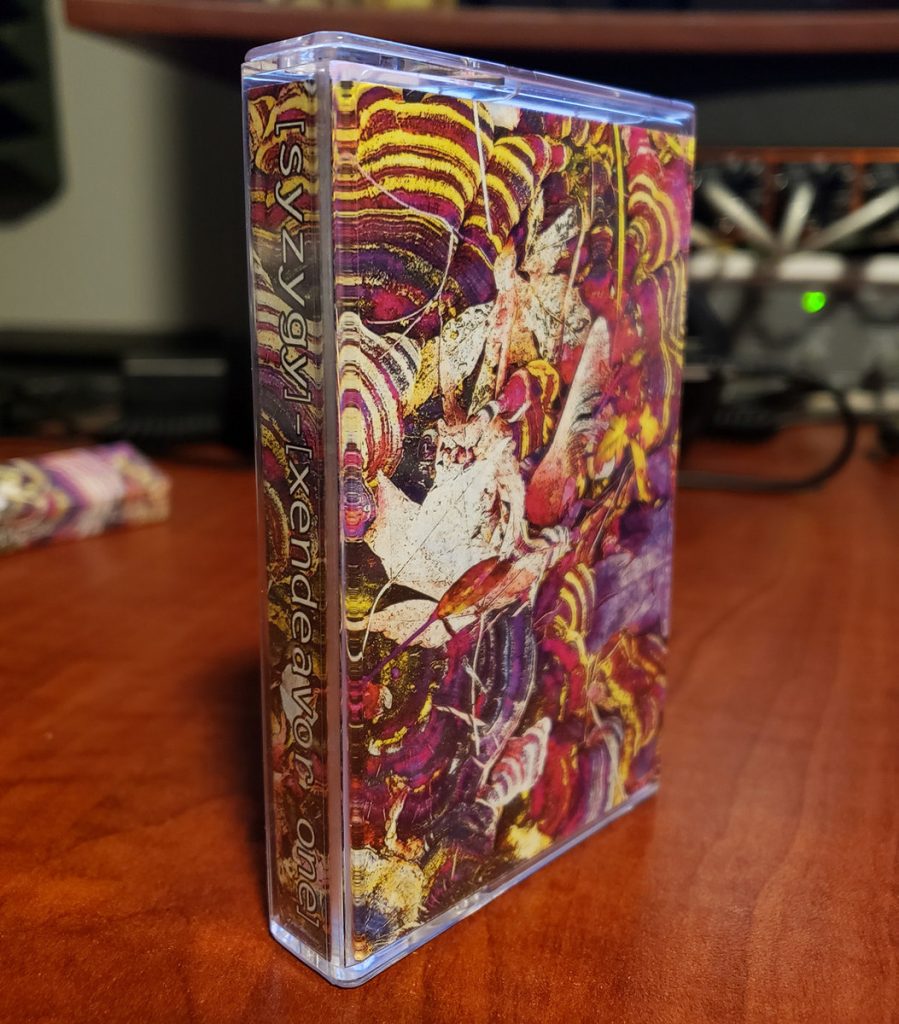
Cassettes were made in the print shop and are available via Big Name Records and through the Bandcamp.
